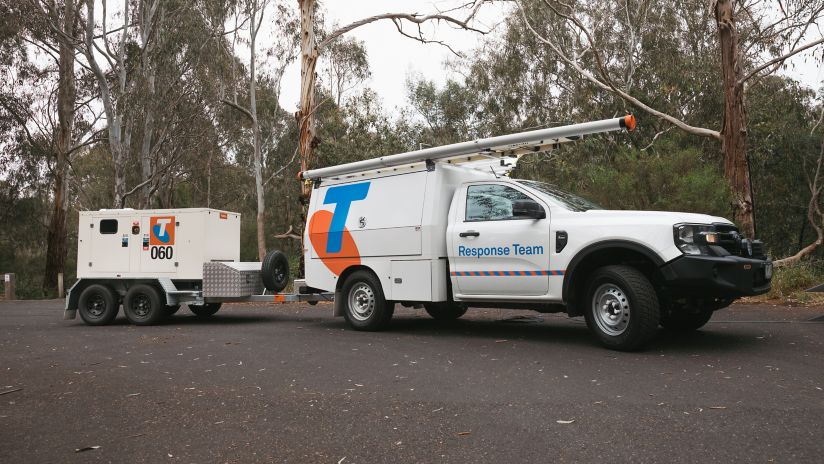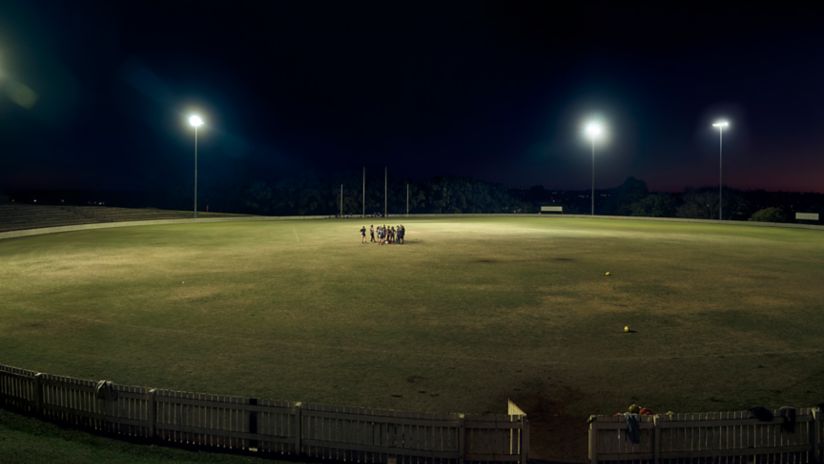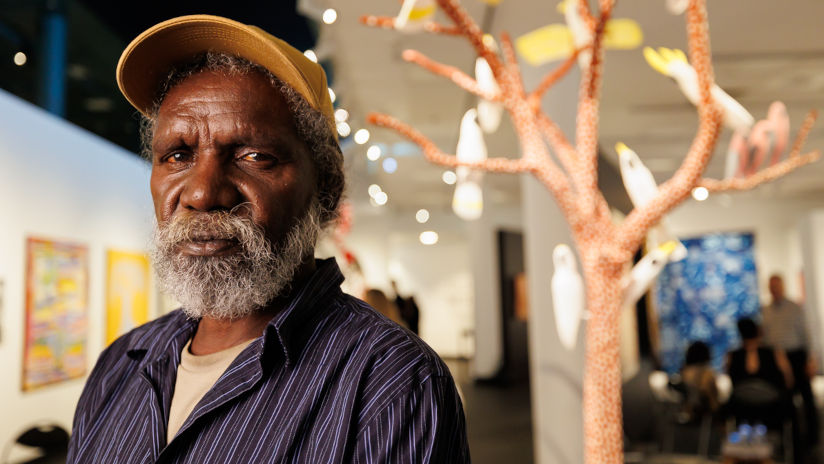Working with Traditional Owners to fight climate change

With the onset of colonisation and the removal of First Nations peoples from their traditional country, traditional burning in Australia was largely stopped during the twentieth century, leading to an emergence of large, uncontrolled, hot wildfires, usually occurring late in the dry season and destroying important ecosystems, habitats and infrastructure.
While the practice of traditional burning did decline, the knowledge and tradition has lived on to the present day with those that stayed on country. Over the last couple of decades, the traditional knowledge that protected these lands for so long has increasingly been recognised and embraced to help reduce emissions by preventing large, hot wildfires across the northern savannas of Australia.
Fire has always been used by traditional owners as a primary tool to manage and keep country healthy and is part of the Wunambal Gaambera Aboriginal Corporation’s (WGAC)’s 10 year healthy country plan.
Savanna wildfires release large amounts of methane and nitrous oxide into the air, around 3% of Australia’s total carbon emissions. By burning cooler and patchy fires in the early dry season from April to June, far fewer of these gasses are emitted.
Last year, we announced that our operations were certified carbon neutral through reducing our emissions then purchasing carbon offset credits. We’ve invested in projects across Australia and India including credits from several different Savanna Burning Projects across Western Australia and Queensland.
The way Savanna Burning Projects blend traditional knowledge with technology to deliver environmental outcomes align strongly with our values making these projects an obvious choice for us.
The Wunambal Gaambera Aboriginal Corporation’s (WGAC) Right Way Fire program is one of these projects. They use a combination of modern technology and traditional techniques, including Traditional Owner planning and practices, and implementing mosaic patch burn patterns using a mix of aerial incendiary (remote country) and ground burning techniques up to 20 percent of country during the cooler months.
The fires burn slowly, creating mosaics of burnt patches in older fuel loads, many then joined by connecting breaks. The aim is to maintain a similar landscape to when ancestors walked country and burnt for hunting, living purposes and to sustain animals, birds, plants and their habitats. Creating those patches and natural breaks reduces the potential for wildfires to catch and spread through the landscape.
During the baseline years where traditional techniques were not embraced, wildfire greenhouse gas emissions averaged 104,000 tons just from Wunambal Gaambera Country – but in recent years, the WGAC Right Way Fire program has been able to reduce this by up to 50%.
These abated greenhouse gas emissions are what makes up carbon credits and are registered with the Clean Energy Regulator and converted to Australian Carbon Credit Units (ACCUs); which WGAC and other savanna burning projects trade with companies like us.
Projects like this not only benefit the environment, but also provide employment and career opportunities for First Nations peoples and create pathways for younger generations to build their lives on and from their Country.
Community responsibility, however, cannot work in isolation and we’re committed to also improving network availability across Aboriginal and Torres Strait Islander communities. We’ve delivered network upgrades on the Cape York Peninsula over the past four years, improved mobile coverage throughout the Torres Strait, and enhanced fibre connectivity to the savanna burning project communities of Hopevale and Aurukun, so that these communities can also access the health, education and society benefits that connectivity provides.
We’re proud to buy carbon credits from Wunambal Gaambera people.
Australia’s future is why.


